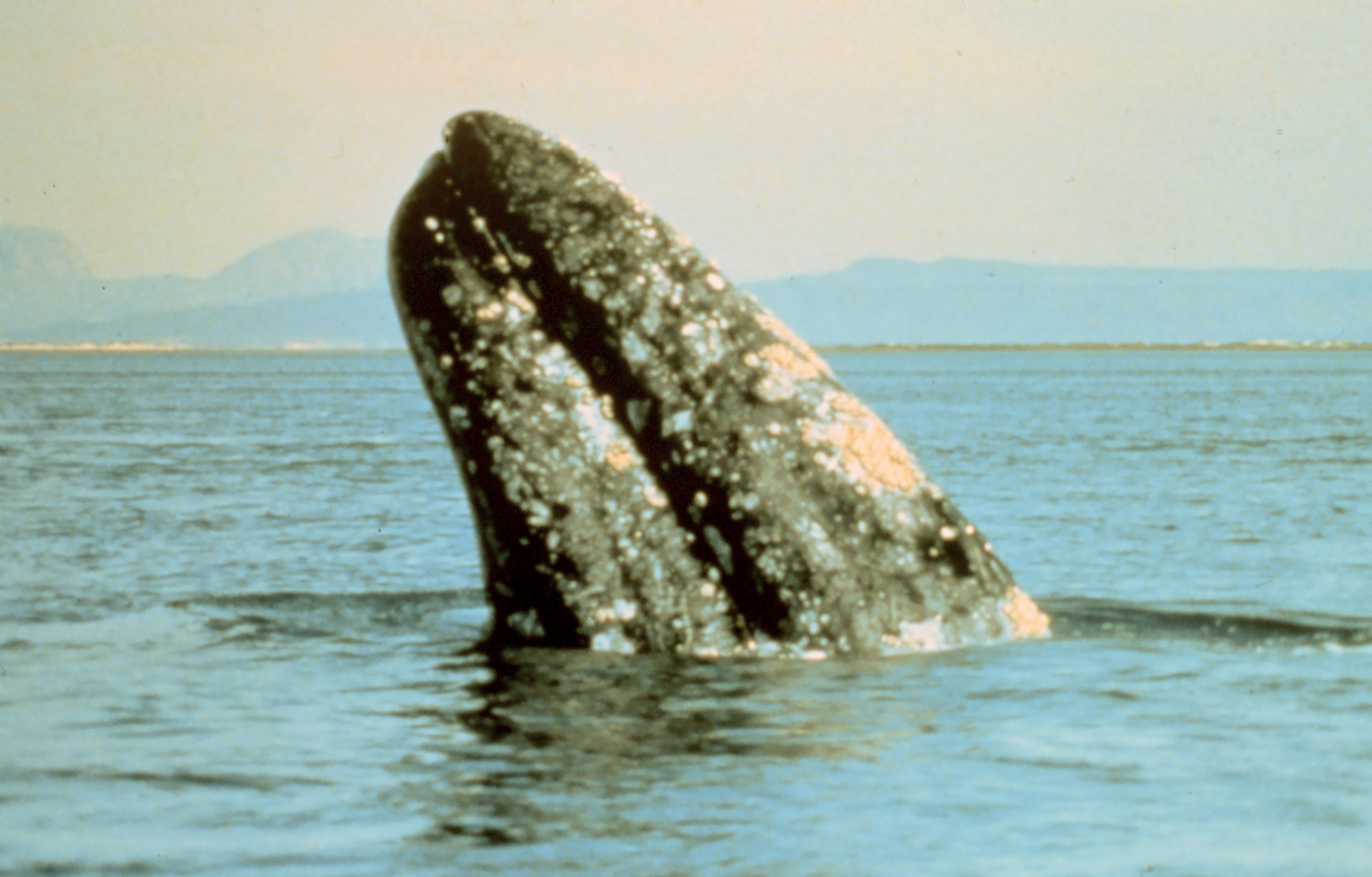- learn about endangered animals. when learning about these animals your learning about how interesting and important they are.
- Make your home wildlife friendly. Secure garbage in shelters or cans with locking lids, feed pets indoors and lock pet doors at night to avoid attracting wild animals into your home.
Also reduce your use of water in your home and garden so that animals that live in or near water can have a better chance of survival. - Recycle and buy sustainable products.Buy recycled paper, sustainable products like bamboo and Forest Stewardship Council wood products to protect forest species. Never buy furniture made from wood from rain forests.
Recycle your cell phones, because a mineral used in cell phones and other electronics is mined in gorilla habitat.
Minimize your use of palm oil because forests where tigers live are being cut down to plant palm plantations. - Protect wildlife habitat.the greatest threat that faces many species is the widespread destruction of habitat.Wildlife must have places to find food, shelter and raise their young. Logging, oil and gas drilling, over-grazing and development all result habitat destruction. Endangered species habitat should be protected and these impacts minimized.


Thursday, 3 May 2012
How to stop animals from being in danger
there are actually many things we can do to prevent animal from being in danger, and its nothing hard to do. For some people who are a bit lazy, you could actually help from inside your home. here are some helpful examples of what you can do.
Tuesday, 1 May 2012
Causes of endangerment:pollution

well there are many different types of pollution such as, Air pollution, water pollution, soil pollution. radioactive pollution, and many more! so lets take a look of how some of these types of pollution causes animals to become in dangered.
- air pollution: Air pollution is caused when air gets filled with too much gases, particulate matter, and droplets of liquid. In cities, the air gets polluted by exhaust fumes of vehicles, along with the pollutants given off by construction work and industry. so what does it do to animals? well many animals are actually dying and it leads to diseases too. Air pollution is particularly dangerous to animals when in form of the acid rain.
- water pollution: Water pollution is any chemical, physical or biological change in the quality of water that has a harmful effect on any living thing that drinks or uses or lives in it. When humans drink polluted water it often has serious effects on their health. Water pollution can also make water unsuited for the desired use.Water pollution has extremely negative impact on many animals. Water polluted with different chemicals can cause decline of population in some species, water polluted with nutrients can lead to huge growth of toxic algae which when eaten by other animals may cause serious diseases and death to these animals.

- radioactive pollution:The radioactive pollution is defined as the physical pollution of air, water and the other radioactive materials. animals can withstand higher doses of radiation than humans, which partially accounts for their success in repopulating the area. Even so, animals are affected by radiation, and some species, particularly birds, show unusually high cancer rates. Whether they'll adapt over time remains to be seen.
Causes of endangerment: habit loss

theres a bunch of reason why animals are being endandered. in this post it will explain how habit loss is one of the reasons for endangerment.The most common cause of endangerment is habitat loss. Plants and animals need space to live and energy provided by food, just as humans do.
As human population and consumption increase, wildlife habitat is converted to houses and highways. Forests are cut down for building materials, fuel, and paper. Prairies and forest land are turned into crop land and grazing land for our livestock, and shopping malls stand where wetlands once existed. The damming of rivers to create hydropower has flooded river valleys, making it hard for ocean-going fish to migrate.
Even if habitat is not completely destroyed, it can be fragmented or degraded so much that it can no longer support the species it once did.
Many species, particularly large mammals, need large areas of habitat to survive and reproduce. Patches of forest or grassland surrounded by farms or cities, or divided by roads, will not support these species. with our population increasing the animals population is decreasing.
habitat loss happens to be the largest reason for endangerment for animals.
Subscribe to:
Posts (Atom)